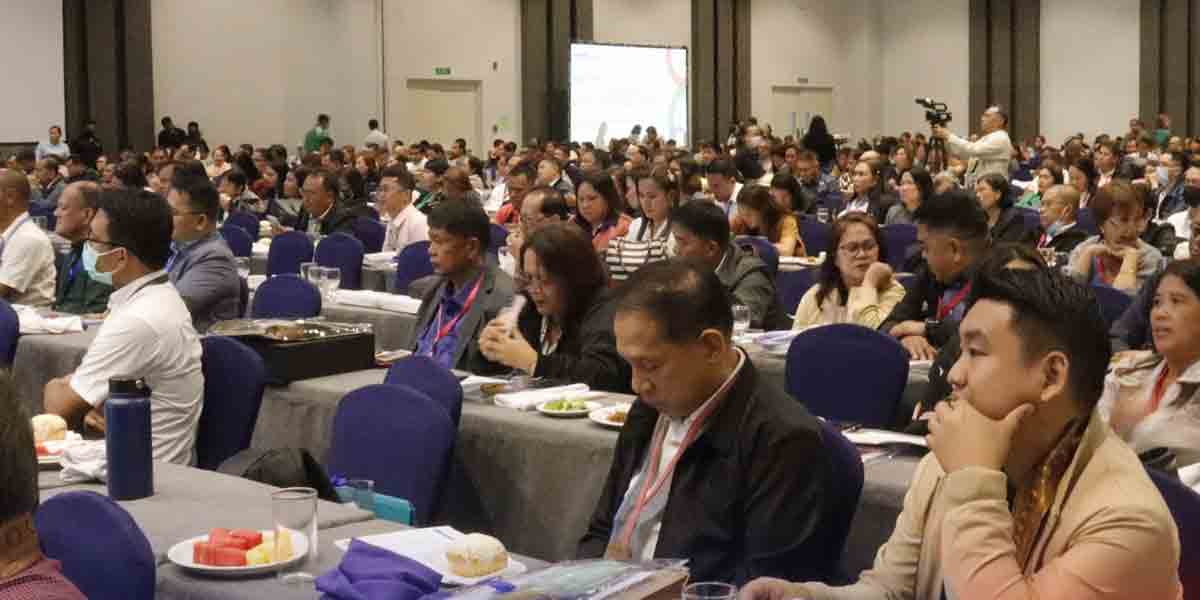 By: Dr. Rex Casiple
By: Dr. Rex Casiple
IN THE past five years, dengue fever outbreak has been a health issue in schools, preferably from June to September of the year.
As observed, this outbreak follows the El Niño phenomenon in the early part of the year. The latest report showed that around 13,250 dengue cases have been recorded in the region from January to June this year. And Western Visayas is tagged as the No. 1 region with the highest number of dengue cases in the country.
In Iloilo province alone, more cases of dengue have been reported since January 2019. Data from the Iloilo provincial health office showed that there are 3,897 dengue cases in the province from January 1 to June 28, 2019. This is 788% higher than the number of cases recorded in the province during the same period in 2018.
According to the report, the municipalities with the most number of cases are Pototan, Passi City, Calinog, Concepcion, Cabatuan, Lambunao, Ajuy, Carles, Janiuay, and Sta. Barbara. The youngest fatalities were 4-year-old children while the oldest was a 70-year-old female victim.
And for this reason, the governor of the province of Iloilo declared the dengue outbreak in July 2019. The declaration directed all district and provincial hospitals in the province to extend free service and necessary assistance to patients with dengue.
The disease mostly attacks children in the 1-10 years old age group. Hence, the children under this age group are considered “vulnerable” and should be taught to protect themselves from the disease.
There is a need to activate more dengue brigade in schools where teachers and parents shall take part in teaching children on seeking and destroying mosquitoes’ breeding places. There is a need to produce more information and education materials for distribution to pupils and students in schools for them to search and destroy breeding sites of dengue-carrying mosquitoes.
Schools are encouraged to adopt measures in the 4S Against Dengue: Search and destroy mosquito-breeding sites, secure Self-protection measures like wearing long pants and long-sleeved shirts and daily use of mosquito repellent, Seek early consultation, and Support fogging/spraying only in hotspot areas where an increase in cases is registered for two consecutive weeks to prevent an impending outbreak.
Prevention of these diseases should be taught in schools by integrating this in the curriculum at all levels of education. Awareness among pupils and students is an important factor for preventing dengue in schools and in the community. Warning signs could lead to severe dengue are severe abdominal pain; persistent vomiting; bleeding gums; vomiting blood; rapid breathing; and fatigue or restlessness.
Private and public school employees are advised to reduce the risk of mosquito-borne disease in the workplace by making sure any outside containers capable of storing water is emptied regularly; by protecting themselves from mosquito bites through insect repellant; by wearing long sleeves and long pants to cover their arms and legs; and by providing staff with information materials about dengue fever and how to do away with it.
Reported data showed that dengue cases are mostly among children 5-14 years old. This has prompted our concerned government agencies to focus on schools in its intensified preventive campaign against the mosquito-borne viral disease. The dengue-carrying mosquitoes normally bite two hours after sunrise and two hours before sunset or during school hours. This makes our schoolchildren vulnerable to infection.
To fight against dengue is our personal responsibility. Preventing this disease in our respective school or community is a must and shall emanate from us.






















